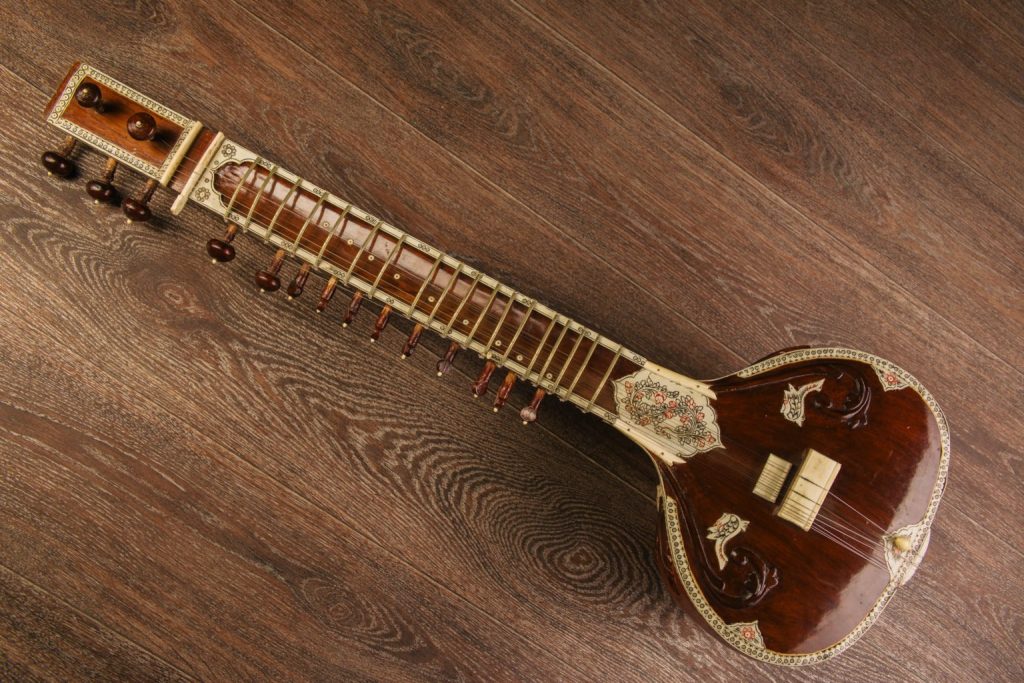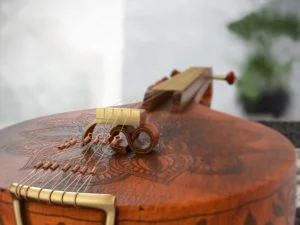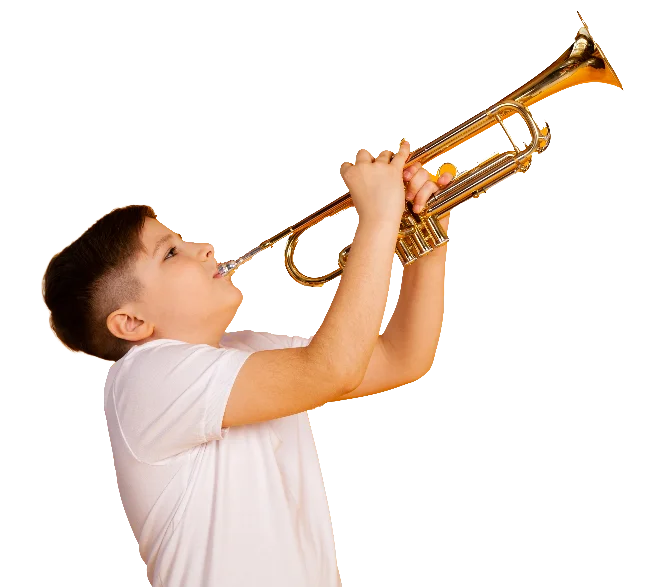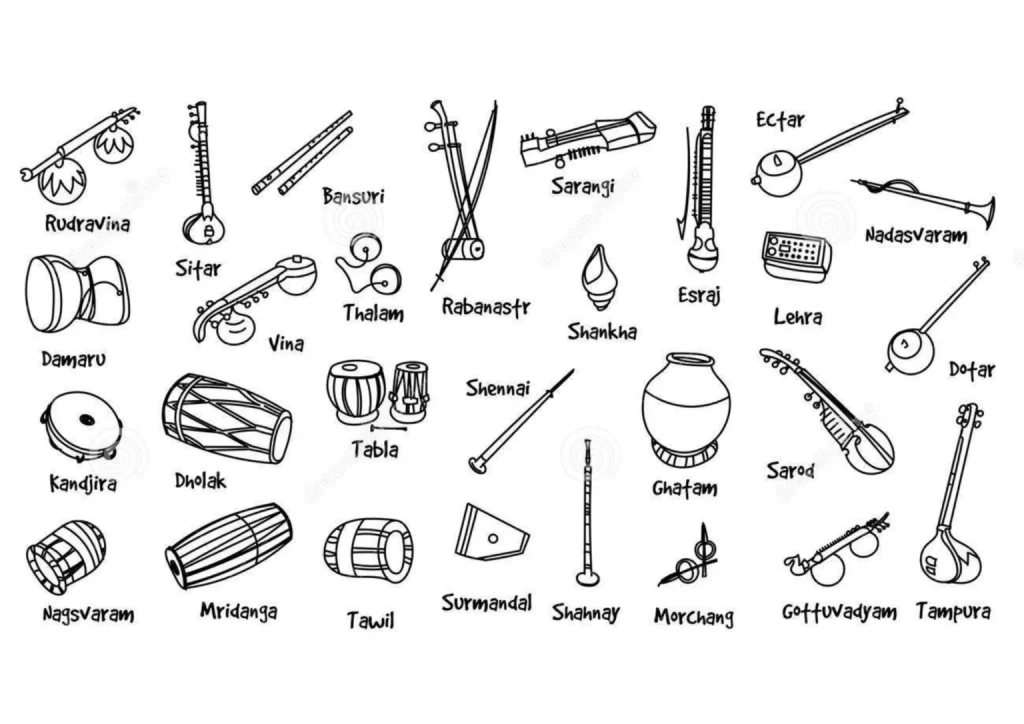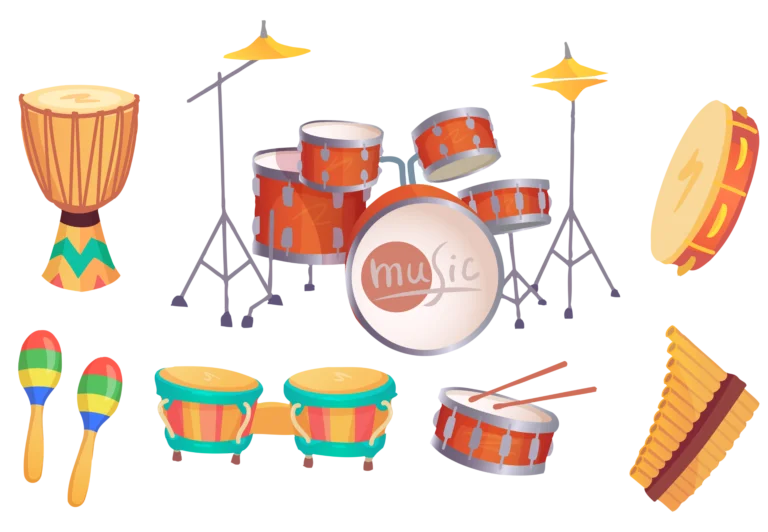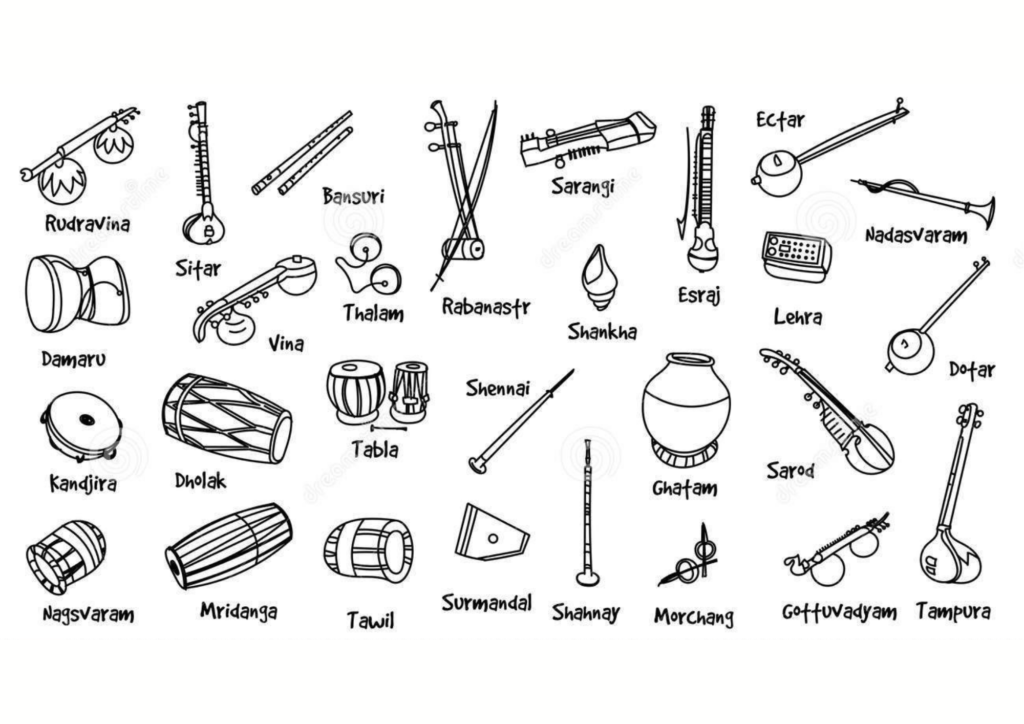In this lesson, we will learn 6 amazing facts about Flutes including Indian and Western Flute types, how long it takes to learn flute etc. Let’s jump in.
- What is a flute? How is it made? And what is it made of?
- What are Indian and Western types of flutes?
- Western Flutes
- How long does it take to learn Flute?
- Which are the Indian classical dance forms associated with flutes?
- Who is considered as the father, master and god of Flutes?
- Who are the famous flautists in India and the world?
Imagine this, you walk into a restaurant that is furnished with traditional and antique furniture that makes you gasp. The chromatic and the vibrant environment transports you to Rajasthan as you stand there. The live music and the conviviality of the restaurant make you want to go back there. Now imagine that you are sitting with your friends in this same restaurant and you hear this beautiful wind organ being played. You get so distracted by the sweetness of the flute that you stop talking to your friends and look up to the flautist.

When you hear him play you remember what Yoko Ono once said, he said that a mirror becomes a razor when it is broken. A stick becomes a flute when it is loved. This quote fits perfectly right now when you listen to the flautist play that melody. That very catchy conversation dies out because of the mellifluous sound of the flute. This sparks in you the curiosity to learn how to play the flute. I can’t train you but what I can do is help you understand the basics of flutes.
What is a flute? How is it made? And what is it made of?
The flute is an aerophone instrument, that is, it is a reedless wind instrument that produces sound when air flows through one air opening to another air opening. A musician who plays the flute is often known as a flute player, flautist and even flautist.
The flute has three main parts: the first being the head joint, secondly, the body and finally the foot joint.
What are Indian and Western types of flutes?
Indian Flutes
In India, flutes are made of bamboo. The two varieties of Indian flutes that are currently used are: Bansuri, which has six finger holes and one embouchure hole and the second kind is the Venu which has eight finger holes. The first variety is mainly used in North India or Hindustani and the second variety is predominantly used in the Carnatic music of Southern India. So basically, when you blow air into the embouchure hole of the flute, the air oscillates through the tube and our fingers create the pitch by closing the finger holes.
Western Flutes
The Westerners obviously have different types of flutes than us.
Their flute family consists of a Piccolo, C Flute, Eb Soprano Flute, Alto Flute and Bass Flute. The piccolo flute originally comes from Italy.
It is a smaller version of the flute, it also is one of the most extensively used today. Beethoven was the first composer to write for piccolo in his symphonies. The Alto Flute is considerably thicker and longer than a C flute, it also requires more breath from the players. The C flute is the most popular flute for beginners. The bass flute is like a walking stick, almost, not literally. It is curved up which brings the embouchure hole within the reach of the player. It is usually only used in flute choirs.

How long does it take to learn Flute?
The next question you must have in mind is how long does it take to learn the flute? It really depends on how long does it take for you to grasp it. But anytime between a couple of months to years, in case you want to go pro. The art of breath control takes a little while to master and depending on how often you practice. 45 minutes every day could help you master the basics within a few months. To be a professional or to at least learn the advanced skill of flute-playing it takes more than at least a year, given that you practice it every day.
Which are the Indian classical dance forms associated with flutes?
Flutes have been extensively used in folk music but it can also be a part of the musical orchestration for dance forms like Bharatanatyam and Kuchipudi the two belong to the family of South Indian Classical dances. In the North, we have Kathak accompanied by bansuri. Manipuri and Odissi dances in the East of India is too, accompanied by flutes along with many other instruments. Sattriya, the classical dance form of Assam, includes flute with violin, harmonium and many other instruments.
Who is considered as the father, master and god of Flutes?
Lord Krishna is traditionally considered as the god, father or master of the bamboo flute or bansuri. His transcendental flute is embodied with cosmic energy to which nature responds to immediately, as lakes and rivers overflow with water, Mother Nature perennially left pregnant with luscious green and trees unseasonably laden with fruits and flowers. Of course, there have been multiple interpretations of this.
We human beings symbolised as his flute. It is us who can make lives better around us by being sweet and melodious, that is to be kind to people, not have a melodious voice. The Gopis were jealous of his lucky instrument because it was always with him, where ever he went. Maybe if you learn how to play it the Gopis and Kanhas around you could get jealous, but who knows, right?
Who are the famous flautists in India and the world?
Hariprasad Chaurasia plays the bansuri, for which he got a Padma Bhushan in 1992 and Padma Vibhushan in 2000. His nephew, Rakesh Chaurasia, also plays the bansuri. T. R. Mahalingam who was affectionately known as Mali revolutionised the style of flute playing in Carnatic music. Shortly before Mali passed away, he was awarded one of the highest prestigious awards of India- Padma Bhushan in January 1986 for his music. He refused the award flatly because it went against his ideals which held onto till the very end.
After having imagined that entire scenario, I am pretty sure you even drifted off to one where you are the flautist and you pictured your life after you have mastered the seemingly difficult wind organ. Your friends praising you and clapping for you as you stand in the limelight and you see your parents’ eyes glistening with proud tears and when you see them you see the pride in their eyes after which the only thing you would want to do is, kiss them thank you, for building you the way you are today. If you imagined all that and now do not feel motivated enough to learn the instrument then I really don’t know what to say anymore.
Share with your friends

